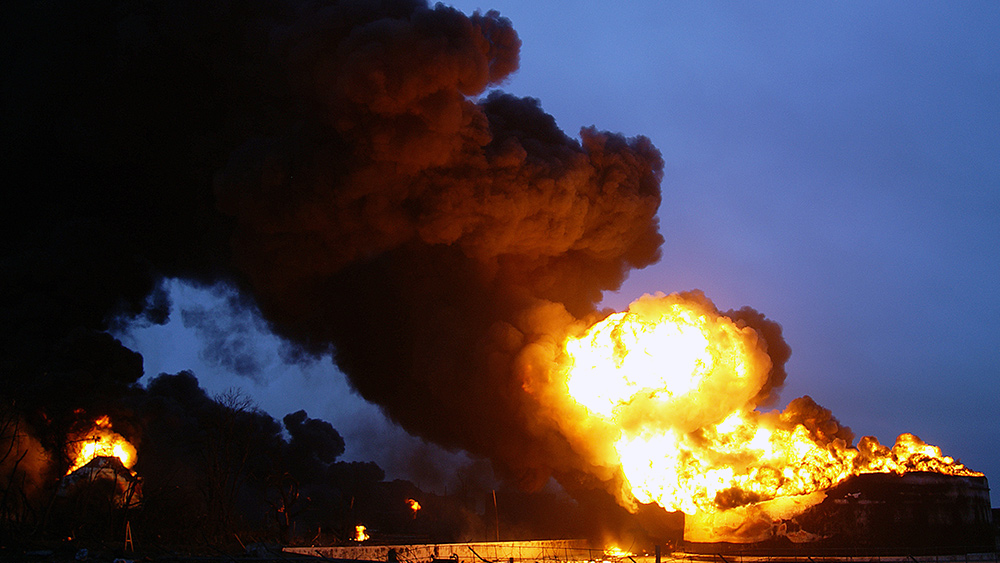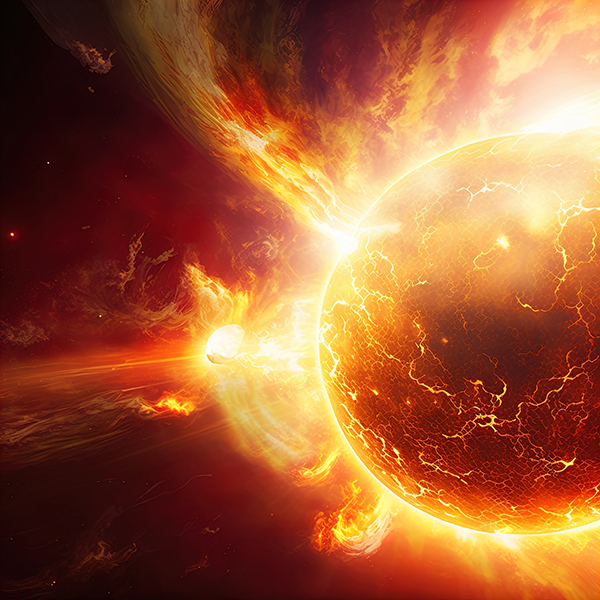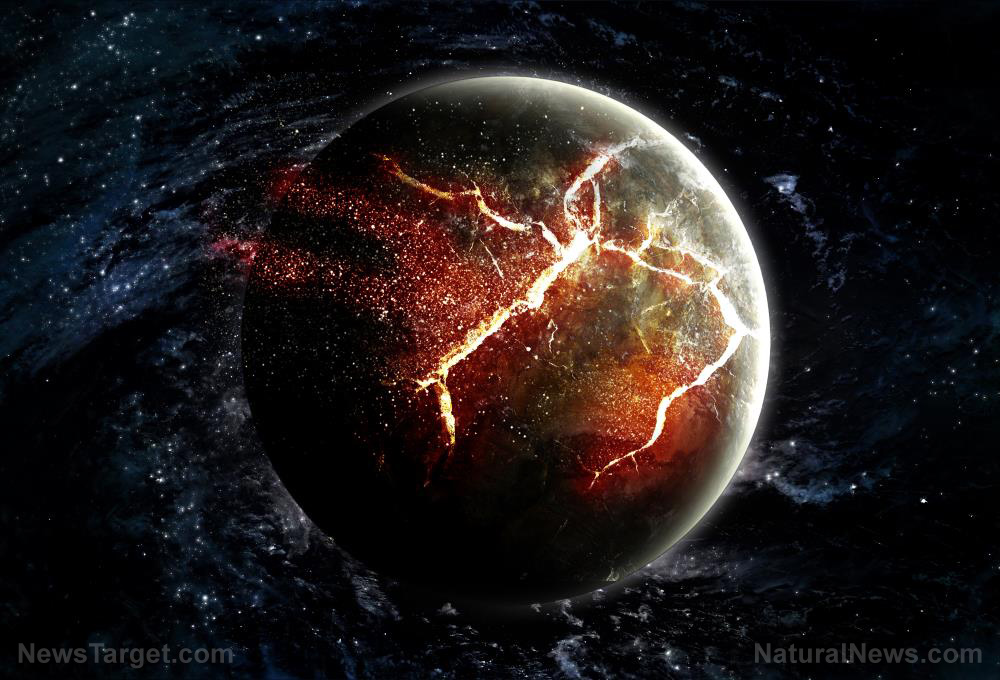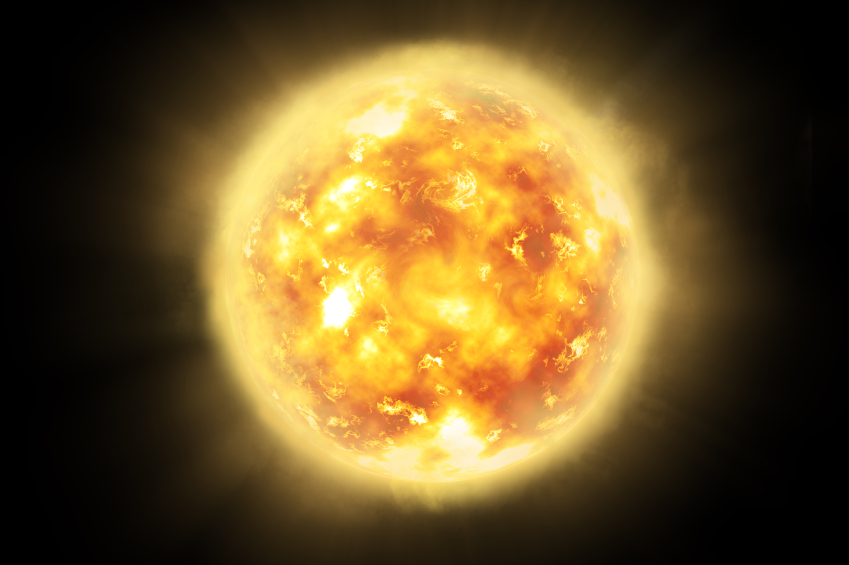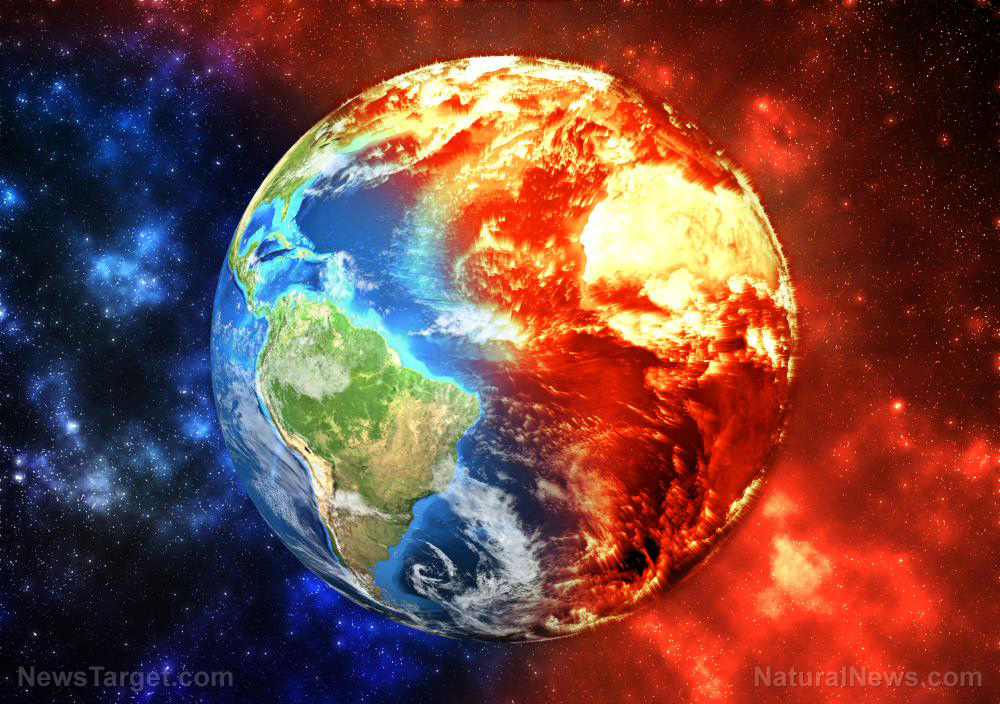
A destructive solar event destroyed 38 Starlink satellites owned by tech billionaire Elon Musk earlier this year, costing the company tens of millions of dollars in losses.
On Feb. 3, SpaceX launched 49 Starlink satellites into orbit from the Kennedy Space Center in Florida. The company thought nothing of this launch as Starlink regularly sends up a fresh batch of dozens of new satellites into space on a weekly basis as part of its plans to build a massive global internet network. (Related: GPS-dependent America is one solar storm away from collapse.)
However, around the same time the company launched the satellites, a massive wave of energetic solar particles and radiation swept through the planet, sparked by an explosion on the sun's surface. These eruptions are known as coronal mass ejections or solar flares and are space weather phenomena that can have all sorts of effects on the planet's atmosphere and on the satellites that surround it.
Once the material ejected by the sun reached Earth, it heated the atmosphere and raised the density of the small amounts of air at an altitude of 130 miles where the Starlink satellites were.
Once launched, the Starlink satellites were supposed to use their on-board thrusters to raise their altitudes several hundred miles higher into their desired orbits. But 38 of the 49 satellites were unable to do so before they were hit by the solar storm. The storm increased atmospheric drag, which prevented them from gaining enough altitude with their thrusters.
After using up all of their thrusters, the 38 satellites sank lower and lower and burned up in the atmosphere.
Researchers noted that the crash of 38 Starlink satellites is equivalent to "several tens of millions of dollars" in economic losses. But despite the financial hit, SpaceX said this setback represents a small portion of the more than 3,000 satellites the company already has in orbit.
Furthermore, SpaceX said the disaster with its 38 satellites is a successful demonstration of the company's orbital strategy. It deliberately releases the satellites at a very low altitude so that, in the event of a failure, they fall through the atmosphere and back into the planet instead of remaining in orbit as space junk.
Solar storms expected to get worse in the next three years
SpaceX's satellites are considered an outlier in the space industry. Most satellite operators oversee networks with only a fraction of the number of satellites that SpaceX has. If the satellites these companies operate are hit with solar storms during launch, it could prove to be even more devastating to the networks they oversee.
Now that the sun is ramping up its activity as part of a roughly 11-year solar cycle, the possibility of more damage to the planet's satellite networks rises. The cycle reaches its peak in the summer of 2025, and as this peak draws closer the number of coronal mass ejections and solar storms that Earth will experience will only increase.
Objects in space are not the only things that can be affected by these kinds of space weather events. Researchers have noted that solar eruptions could cause electromagnetic interferences, and the Starlink incident illustrates just how difficult it is for researchers to predict space weather phenomena and how dangerous they may be.
Researchers noted that satellites and space debris operating between an altitude of 62 and 373 miles above the atmosphere are at a very high risk of being affected by space weather via the same atmospheric drag that prevented the 38 Starlink satellites from reaching higher altitudes.
These same researchers also warn that the massively increasing amount of objects in space presents a challenge to better understanding the effects of space weather phenomena on the atmosphere.
Learn more about cosmic events like solar storms at Cosmic.news.
Watch this video as Martin Brodel talks about a massive sunspot that is threatening Earth with a catastrophic solar storm.
This video is from the Martin Brodel channel on Brighteon.com.
More related stories:
FEMA internal report: US power grid may not be able to handle a solar storm.
Solar superstorm possible sign of looming internet apocalypse.
Expect solar storms that can topple power grids and satellites during this new solar cycle.
Sunspot unleashes a dozen solar flares in a day, causing radio blackouts worldwide.
Solar "superflare" could hit Earth within the next 100 years, researchers suggest.
Sources include:
Please contact us for more information.












